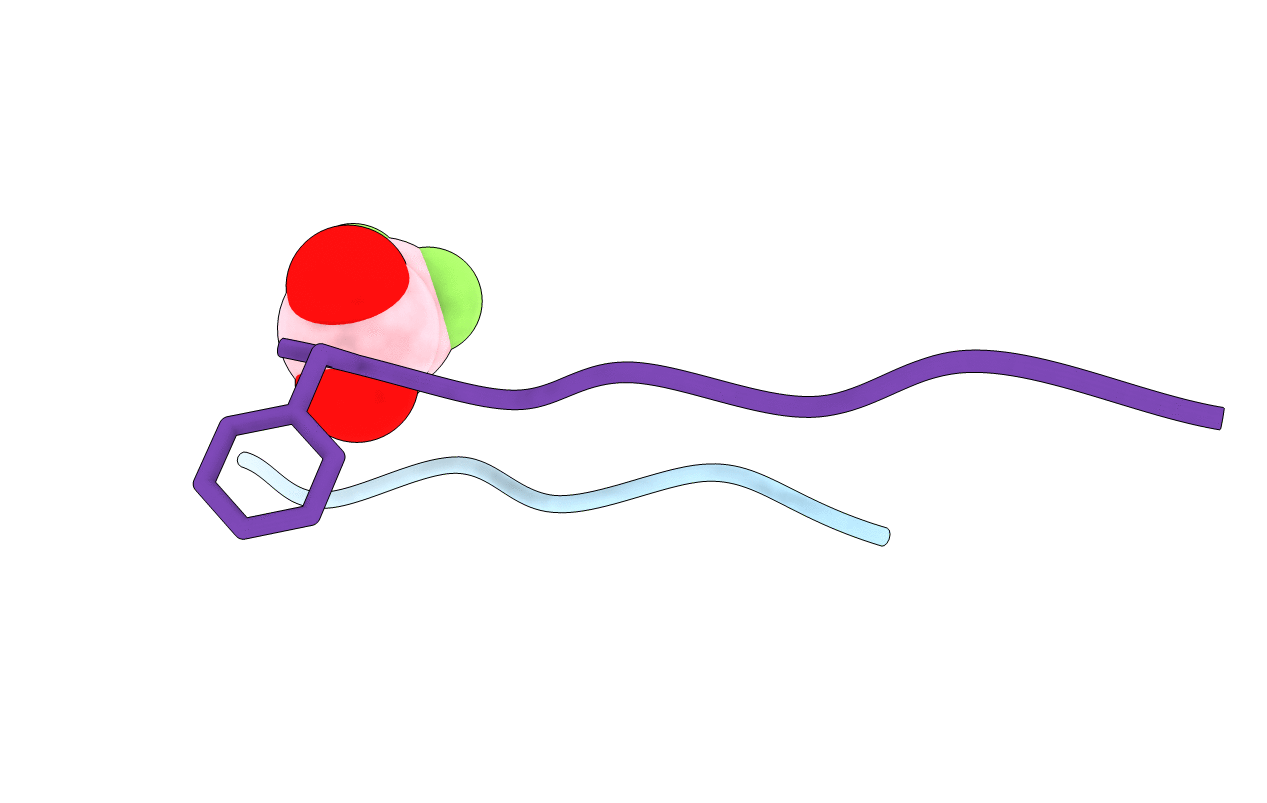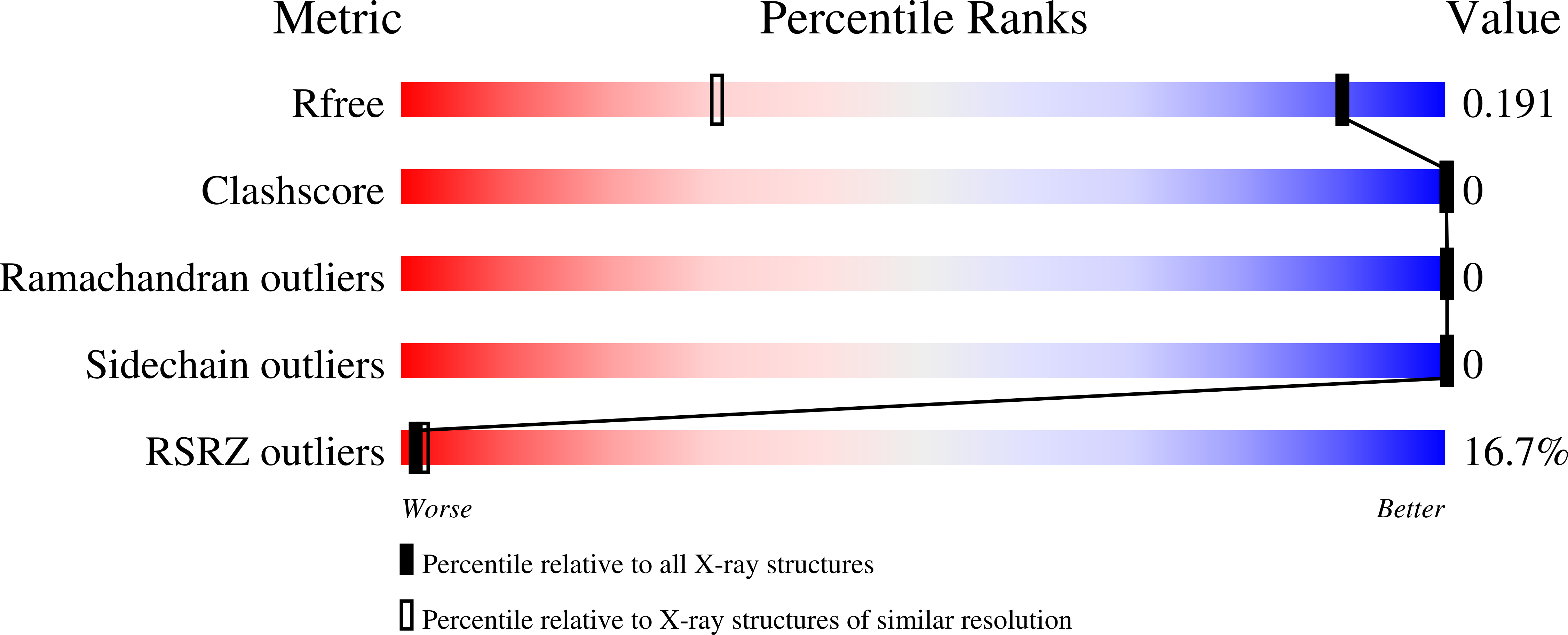
Deposition Date
2021-06-15
Release Date
2022-02-16
Last Version Date
2024-05-22
Entry Detail
PDB ID:
7N8R
Keywords:
Title:
FGTGFG segment from the Nucleoporin p54, residues 63-68
Biological Source:
Source Organism:
Homo sapiens (Taxon ID: 9606)
Method Details:
Experimental Method:
Resolution:
1.20 Å
R-Value Free:
0.17
R-Value Work:
0.14
R-Value Observed:
0.14
Space Group:
P 1 21 1


